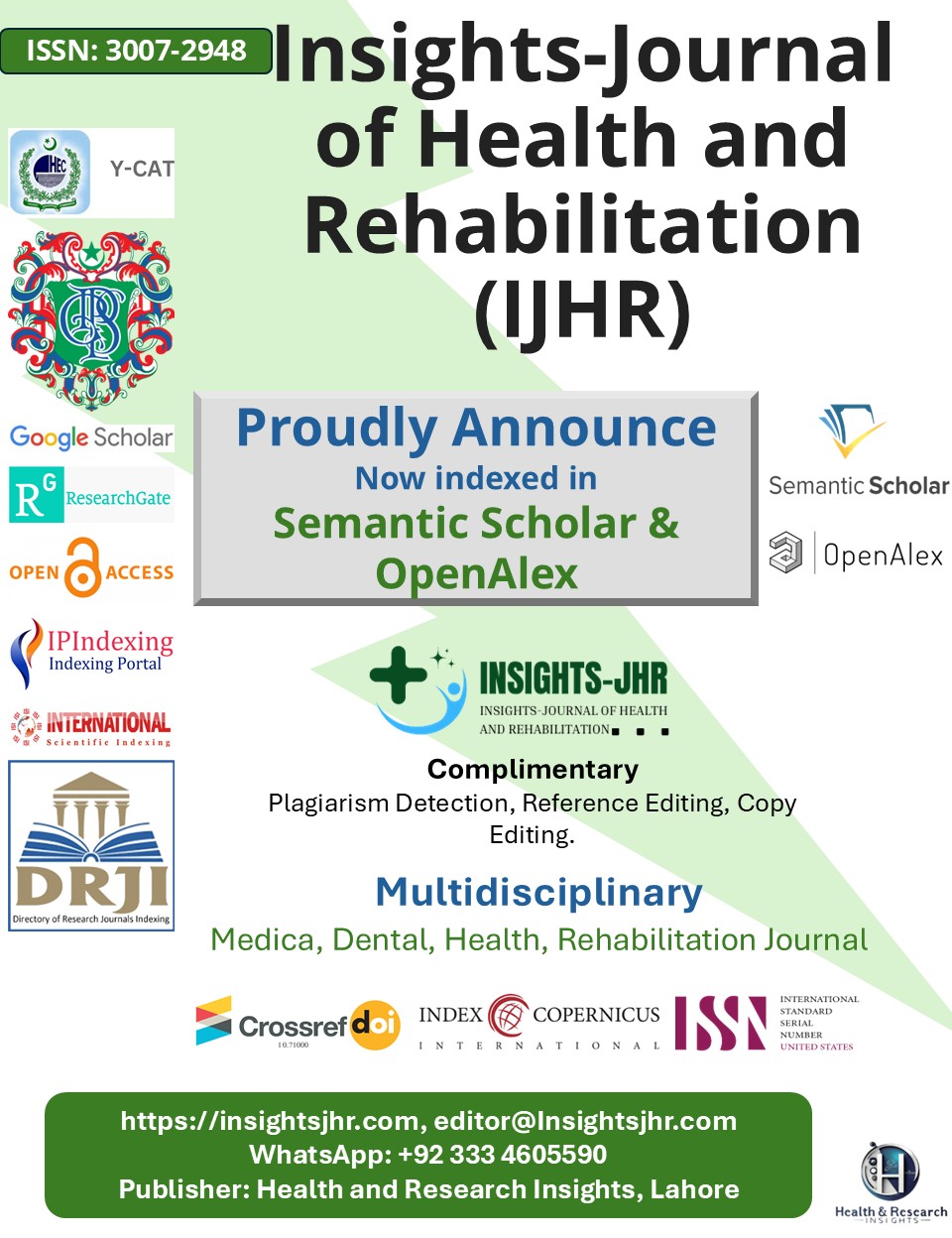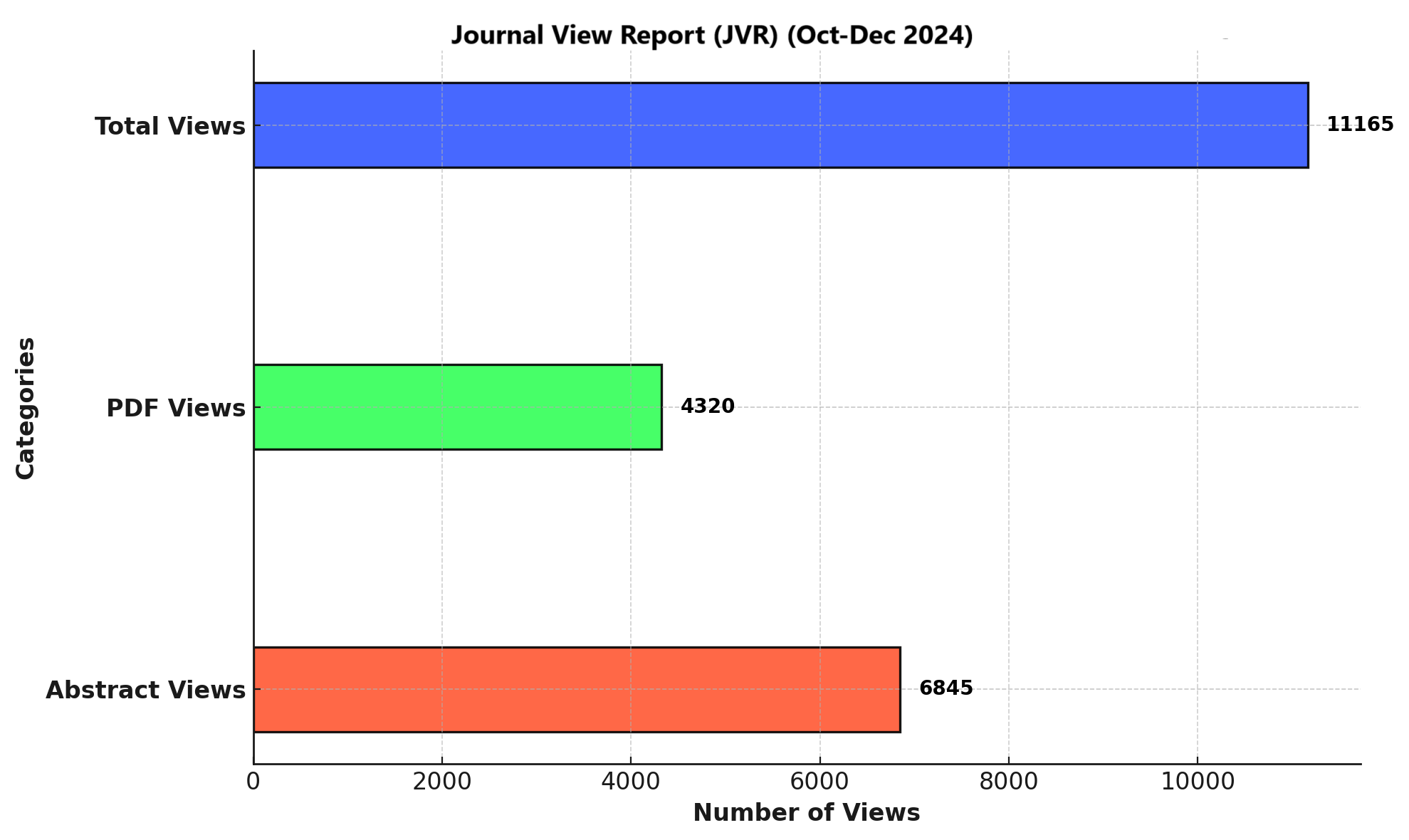DIABETIC RETINOPATHY IN PREGNANCY
DOI:
https://doi.org/10.71000/14mr9k86Keywords:
pregnancy, risk factors, Diabetic Retinopathy, Gestational Diabetes, Retinal Management, Narrative ReviewAbstract
Background: Diabetic retinopathy (DR), a microvascular complication of diabetes, presents a unique clinical challenge during pregnancy. Gestational diabetes (GD) can either trigger new-onset DR or exacerbate pre-existing retinopathy due to the complex physiological changes associated with gestation. These changes—metabolic, vascular, hormonal, and immunological—can rapidly worsen retinal damage, potentially leading to irreversible vision loss if left unmonitored or untreated.
Objective: This narrative review aims to explore the prevalence, pathogenesis, risk factors, and management strategies of diabetic retinopathy in pregnant women, with a focus on clinical challenges and evidence-based recommendations.
Main Discussion Points: The review synthesizes current literature on maternal risk factors including obesity, previous GD, and glycemic control, and discusses how pregnancy itself contributes to DR progression. The effectiveness and timing of screening and treatment modalities such as fluorescein angiography, laser photocoagulation, intravitreal corticosteroids, and surgical options are critically evaluated. Particular attention is paid to safe clinical practices that protect both maternal vision and fetal development. The prevalence of GD and DR in countries like Pakistan is also highlighted, emphasizing regional disparities in healthcare access and screening protocols.
Conclusion: Effective management of DR during pregnancy requires early identification, individualized monitoring, and a multidisciplinary approach. There remains a pressing need for standardized clinical guidelines and robust, longitudinal research to improve outcomes and guide safe treatment in this vulnerable population.
Downloads
Published
Issue
Section
License
Copyright (c) 2025 Amna Mangrio, M Mumtaz Chaudhry, Rabia Akhtar, Adila Anwar, Samra Ahmed, Qurat ul Ain Malik (Author)

This work is licensed under a Creative Commons Attribution-NonCommercial-NoDerivatives 4.0 International License.







